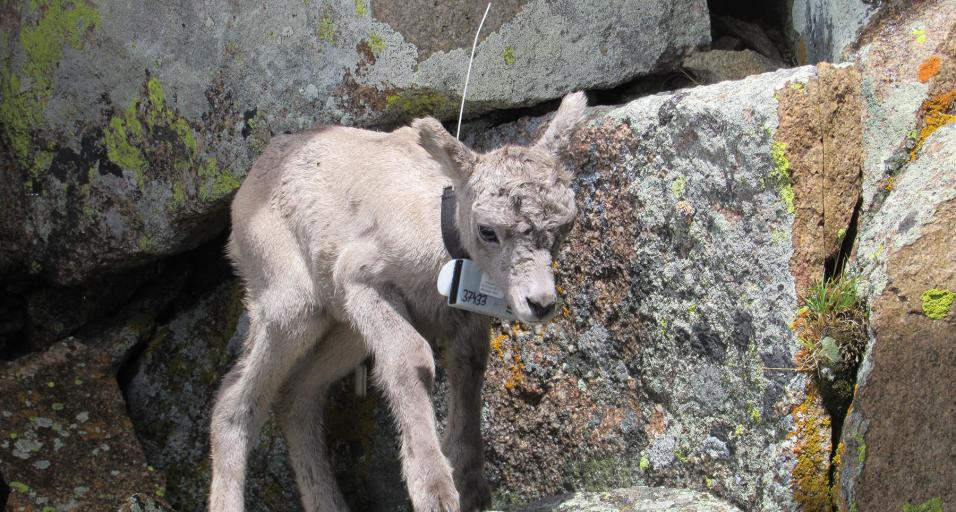Bighorn Sheep Lambs Get Collars
Wyoming Game and Fish biologists have been joining researchers from the University of Wyoming Fish and Wildlife Coop Unit to capture, collar and monitor survival of bighorn sheep lambs in the Jackson and Dubois areas this spring. This is being done to take a closer look at the reproductive success of these Wyoming bighorn sheep populations. It is a new component of a larger research project that has been in progress for the past four years where researchers have been monitoring adult bighorn ewes in these areas looking at existing diseases and the animals' nutrition to gain a better understanding of the habitat's nutritional carrying capacity.
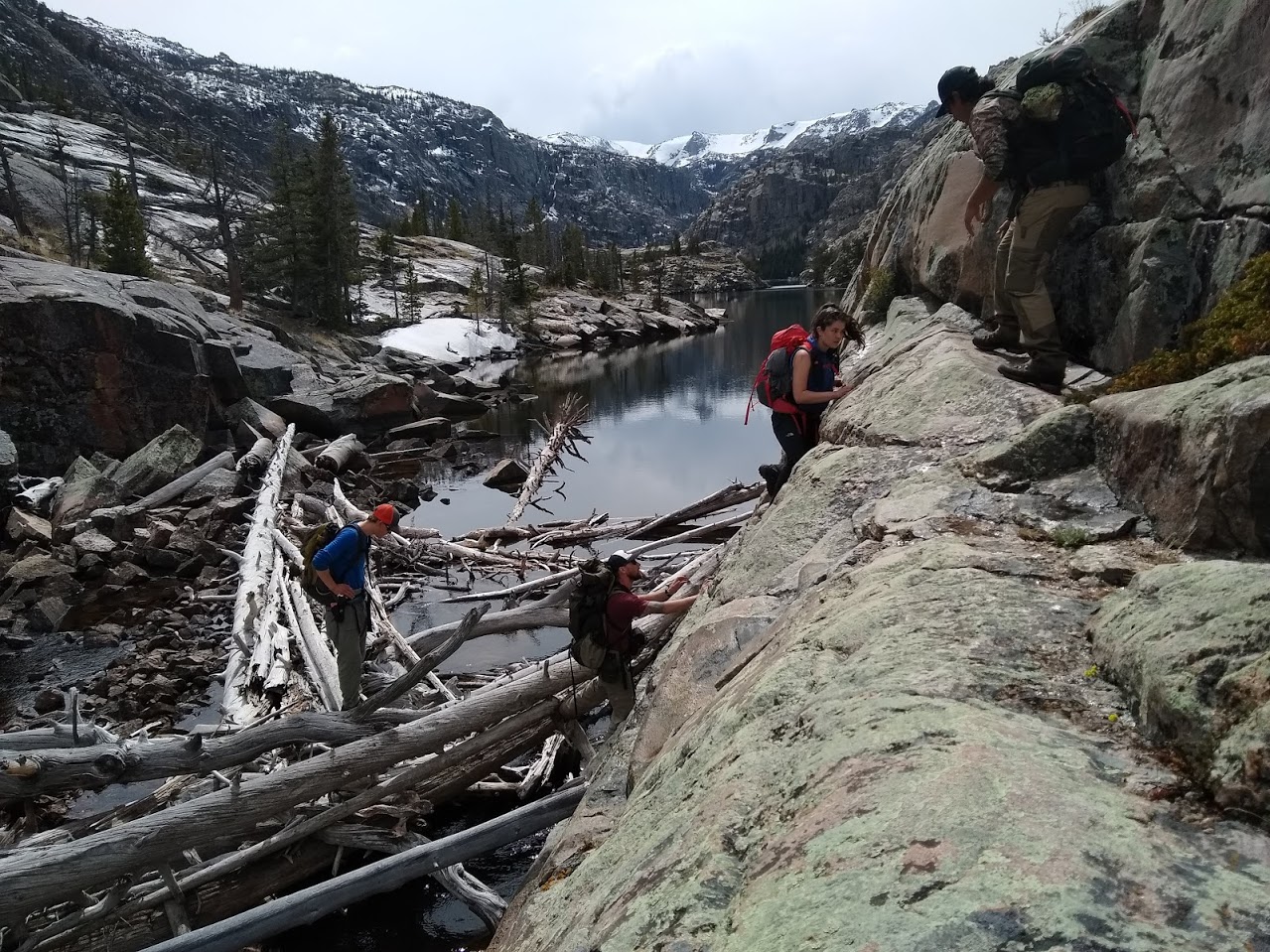
Capturing and collaring bighorn lambs is easier said than done. Researchers, and in some cases Game and Fish field biologists, are putting forth an incredible amount of effort to locate and capture lambs as they are often several miles in from a trailhead and thousands of feet up in elevation, typically in the steepest terrain possible. Plus, in order to capture lambs, researchers need to get to them as soon as possible after being born or they will have no chance of getting close to them. And since most of the lambs are being born at generally the same time, researchers are making these epic trips from dawn until midnight, or later, several days in a row.
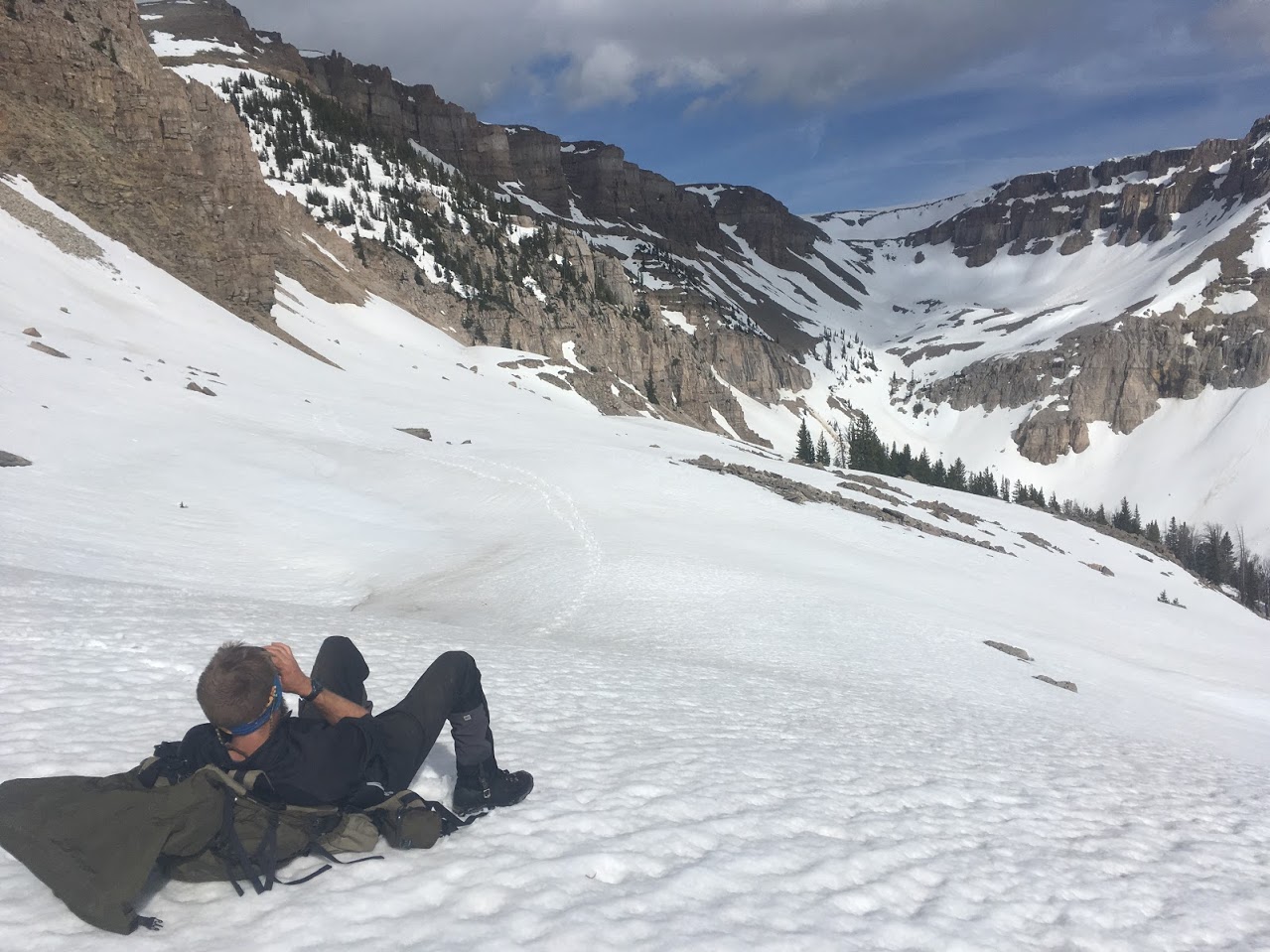
This year, a total of 16 lambs were captured and collared and those animals are currently being monitored. In addition to lamb captures, researchers are now looking at the animal's summer range to gain a better understanding of the foraging conditions of these populations and what factors may be limiting these populations through diet analysis. Work to date has demonstrated that nutrition may be a key explanatory factor, along with disease, of the disparity in performance across sheep herds in northwest Wyoming.
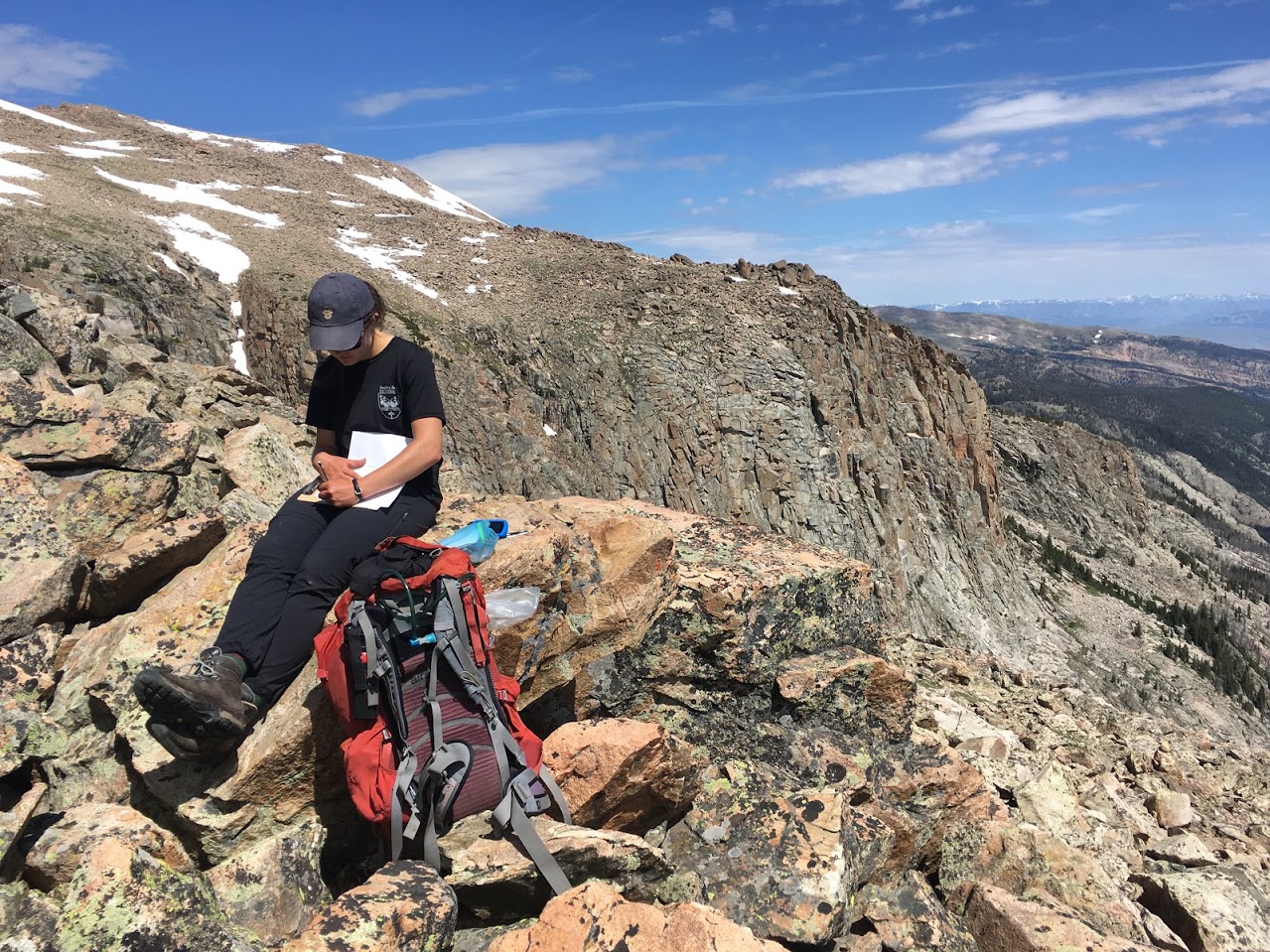
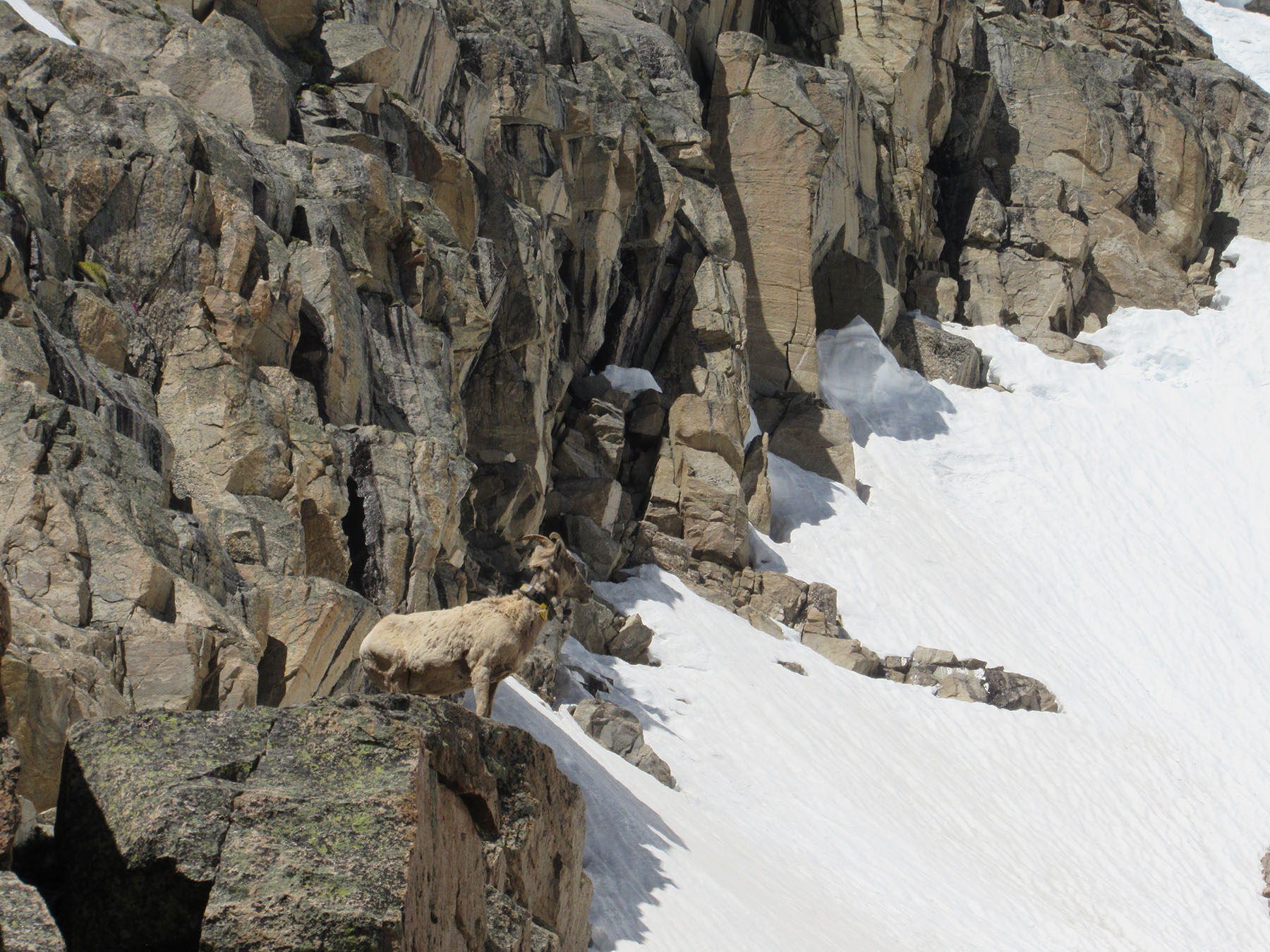
Capturing and collaring bighorn lambs is easier said than done. Researchers, and in some cases Game and Fish field biologists, are putting forth an incredible amount of effort to locate and capture lambs as they are often several miles in from a trailhead and thousands of feet up in elevation, typically in the steepest terrain possible. Plus, in order to capture lambs, researchers need to get to them as soon as possible after being born or they will have no chance of getting close to them. And since most of the lambs are being born at generally the same time, researchers are making these epic trips from dawn until midnight, or later, several days in a row.
This year, a total of 16 lambs were captured and collared and those animals are currently being monitored. In addition to lamb captures, researchers are now looking at the animal's summer range to gain a better understanding of the foraging conditions of these populations and what factors may be limiting these populations through diet analysis. Work to date has demonstrated that nutrition may be a key explanatory factor, along with disease, of the disparity in performance across sheep herds in northwest Wyoming.
Mark Gocke, Public Information Specialist, 307-249-5811

